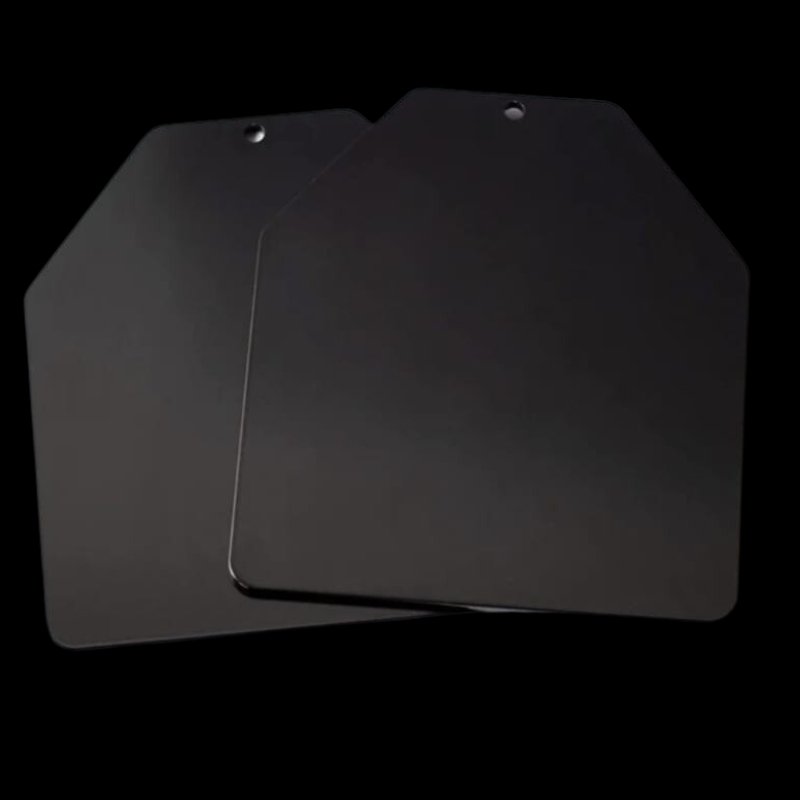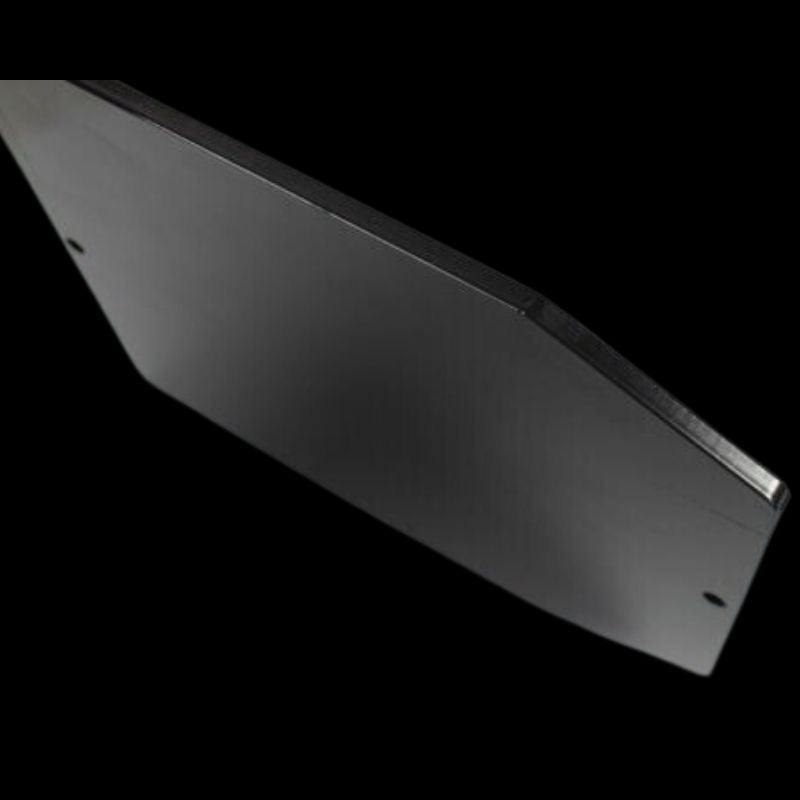Can You Build Muscle with a Weighted Vest? Exercises & How to Do It Right

Weighted vests are often associated with conditioning workouts or military-style endurance training. But they’re also one of the most underrated tools for building muscle—especially when paired with smart bodyweight exercises.
For lifters who are short on time, working out at home, or looking for new ways to challenge their body, weighted vest training can offer serious hypertrophy potential. It allows you to build strength, size, and muscular endurance—all without setting foot in a commercial gym. The trick lies in using it strategically and progressively, much like you would with traditional weights.
The Muscle-Building Fundamentals: Resistance + Overload
To build muscle, your body needs three key things:
- Mechanical tension – enough resistance to challenge the muscle
- Muscle damage – microtears from controlled exertion
- Progressive overload – gradually increasing demand over time
A weighted vest helps you achieve all three. By adding load to your body during exercises like push-ups, pull-ups, lunges, and squats, you generate greater resistance and mechanical stress. This leads to more muscle breakdown and, when paired with adequate recovery, significant gains in muscle size and strength.
Unlike machines that guide your movement, a vest also challenges your stabilising muscles, helping you build a more balanced and injury-resistant body.
How a Weighted Vest Adds Effective Resistance
Instead of adding resistance through gym equipment, a weighted vest turns everyday movements into powerful strength-builders. The added weight increases the challenge of bodyweight exercises, forcing your muscles to adapt and grow.
For example:
- A standard push-up becomes a serious chest and triceps workout when you add 10–20kg of load.
- Bodyweight lunges with a vest activate your glutes, quads, and hamstrings to a far greater extent.
- Pull-ups with added weight not only target the lats and biceps but also engage the core more intensely for stabilisation.
Weighted vests also increase your time under tension, which is a critical factor in stimulating muscle growth. The longer your muscles are under stress during a set, the more effective the stimulus for hypertrophy.
Progressive Overload with a Vest: How to Do It Right
Progressive overload doesn’t require a full rack of dumbbells. A weighted vest offers numerous ways to advance your training, even with limited equipment.
Increase Load: Gradually add more weight to the vest over time. Start with 5–10% of your bodyweight and slowly increase in 2–5kg increments as your strength improves.
Add Volume: Increase your reps, sets, or total number of working sets across your training sessions. This ensures your muscles are continually challenged.
Modify Tempo: Slow down your reps—especially the eccentric (lowering) phase. Try 3–5 second negatives or pause reps to build more tension and control.
Reduce Rest Time: Shorten rest periods between sets to increase training density and keep your muscles under more metabolic stress.
Try Advanced Variations: Once you’ve mastered basic movements with the vest, progress to harder variations (e.g., archer push-ups, pistol squats, explosive dips).
The Best Exercises to Build Muscle with a Weighted Vest
Here are some of the most effective hypertrophy-focused movements you can do with a vest. These compound bodyweight exercises target multiple muscle groups and deliver excellent results when loaded progressively:
Upper Body
- Weighted Push-ups (standard, wide, diamond): Great for chest, shoulders, and triceps
- Dips on parallel bars: A powerful triceps and lower chest builder
- Pull-ups and chin-ups: Ideal for lats, traps, and biceps
- Pike or handstand push-ups: Target shoulders and upper back
Lower Body
- Bulgarian split squats: Builds unilateral strength and balance
- Step-ups onto a box or bench: Improves explosive strength and coordination
- Walking or static lunges: Great for quads, glutes, and hamstrings
- Air squats with slow tempo: Effective for endurance and hypertrophy when performed under load
Core
- Weighted planks: Builds anti-extension strength and core stability
- Hanging leg raises: Activates the lower abs and hip flexors
- Russian twists with a vest: Challenges rotational stability and obliques
Can You Build Size Without Weights? What the Research Says
Research has shown that bodyweight resistance can stimulate muscle growth, especially when movements are performed close to failure. A 2020 study published in the Journal of Strength and Conditioning Research found that push-ups performed to failure activated the chest and triceps similarly to bench pressing at 40–60% of 1RM.
When combined with a weighted vest, bodyweight exercises become even more potent. They create external resistance, increase mechanical stress, and allow you to keep progressing without needing a gym full of equipment.
The key is training with intent—pushing your sets close to failure, maintaining proper form, and allowing enough recovery between sessions.
The Benefits vs Traditional Gym Equipment
Weighted vest training offers several unique advantages over barbells, machines, and dumbbells:
- Portability – A vest is easy to store and transport, allowing you to train at home, in a park, or while traveling.
- Real-world strength – Exercises like loaded carries, lunges, and push-ups build functional muscle that translates to everyday tasks and sports.
- Time-efficient – Combines cardio and resistance in one session. You burn calories while building muscle.
- Joint-friendly – Reduced axial loading (compared to heavy squats or deadlifts) makes it ideal for older trainees or those rehabbing injuries.
- Mental grit – Training with a constant load challenges your mental toughness, discipline, and consistency.
For those who value simplicity, versatility, and results, a vest is an exceptional addition to any program.
Common Mistakes to Avoid
To make the most of your weighted vest workouts, avoid these common pitfalls:
Starting Too Heavy Jumping straight into 20kg+ can overwhelm your joints and compromise your form. Start with a manageable weight and prioritise movement quality.
Neglecting Form Don’t chase reps at the expense of technique. Controlled movements with proper form lead to better gains and fewer injuries.
Failing to Progress Sticking to the same workout and load week after week leads to stagnation. Make small, consistent changes to load, reps, or rest to keep progressing.
Skipping Recovery Muscle growth happens during recovery, not during the workout. Prioritise sleep, hydration, and mobility work to support gains and prevent burnout.
Who Should Use a Weighted Vest for Muscle Building?
Weighted vests are incredibly versatile and accessible for a wide range of individuals. They’re perfect for:
- Home gym users – Ideal for training in small spaces with minimal equipment
- Callisthenics athletes – Take classic bodyweight movements to the next level
- Military/tactical prep – Prepare for loaded marches, obstacle courses, and endurance under load
- Busy professionals – Maximise results with shorter, high-impact sessions
- Traditional lifters – Add variety, challenge stabilisers, and break through plateaus
If you're looking to train smart, build muscle, and stay mobile—without being tied to a barbell—a weighted vest is a worthy investment.
So, Can You Build Muscle with a Vest? Absolutely.
You don’t need a barbell to build a strong, muscular physique. With smart programming, proper form, and consistent progression, a weighted vest can unlock serious hypertrophy potential—anytime, anywhere.
Whether you’re training outdoors, in your living room, or as part of a hybrid gym program, weighted vests offer a powerful tool for body transformation. Focus on quality reps, progressive overload, and structured recovery—and you’ll see results.
Ready to level up your training? Check out our military-grade weighted vests, which are engineered for performance and tested under load.






